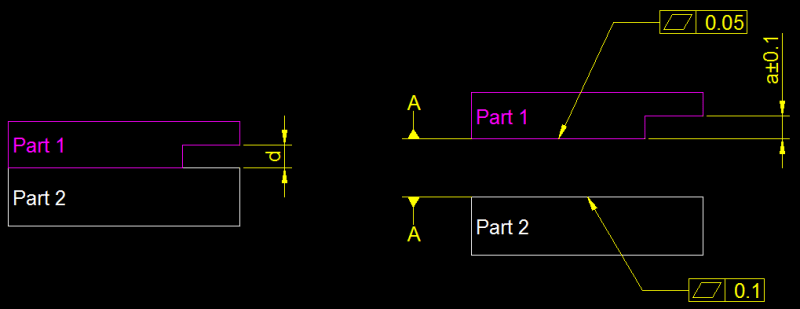alone_dancer
Mechanical
- Dec 8, 2020
- 19
Hi All,
I'm confused about when flatness should be taken into account in tolerance analysis.
Here is an example.

I will be grateful for any help.
Frank
I'm confused about when flatness should be taken into account in tolerance analysis.
Here is an example.

I will be grateful for any help.
Frank

